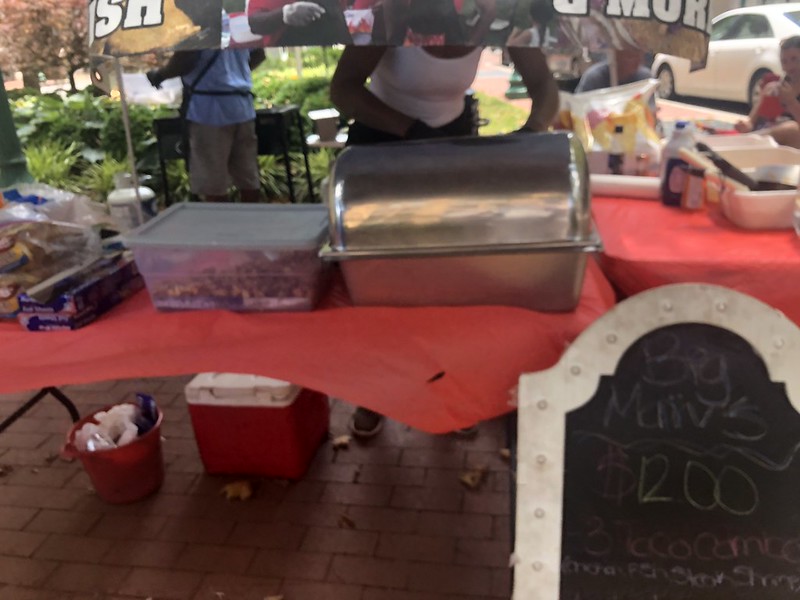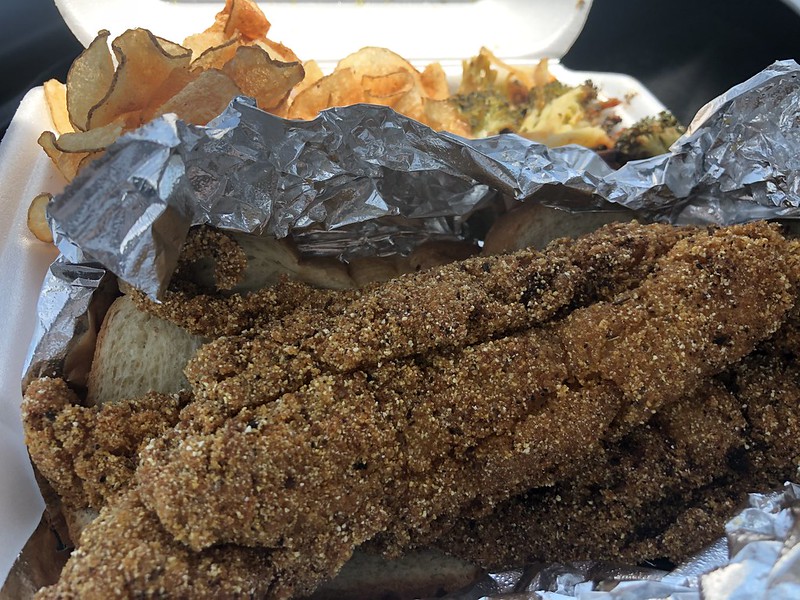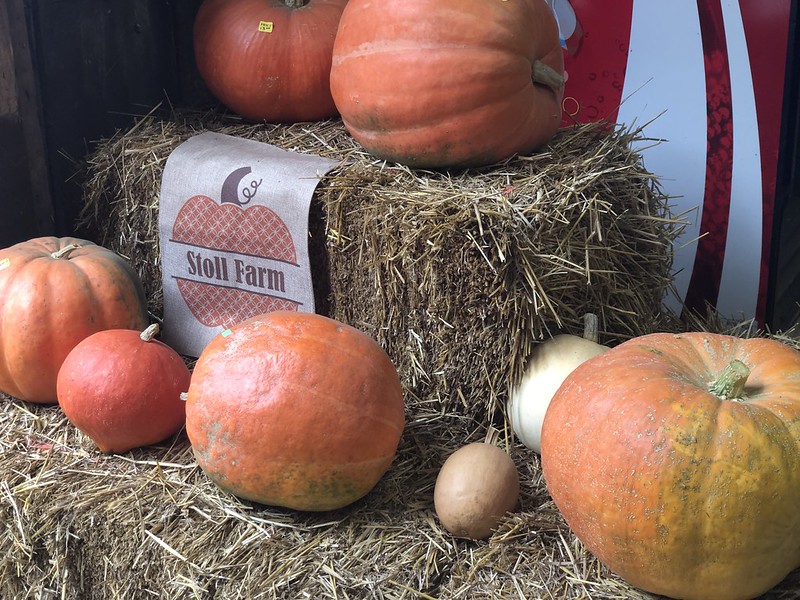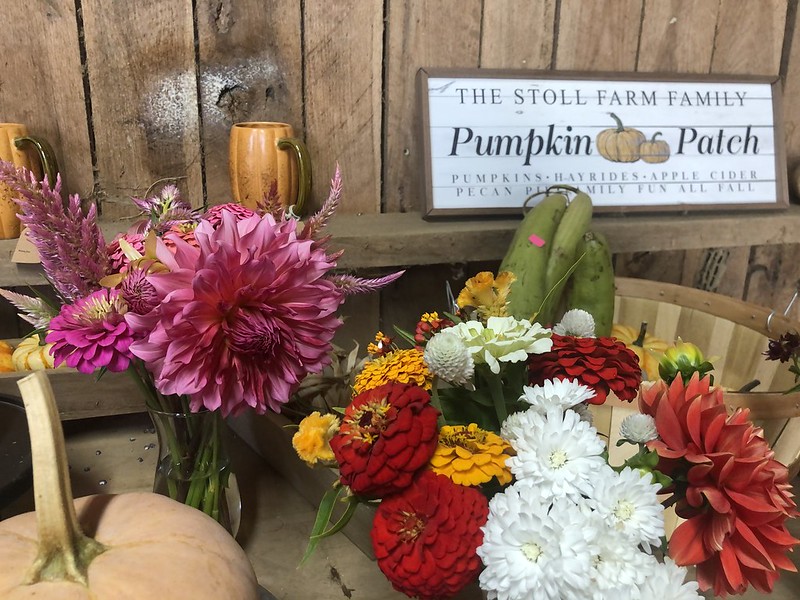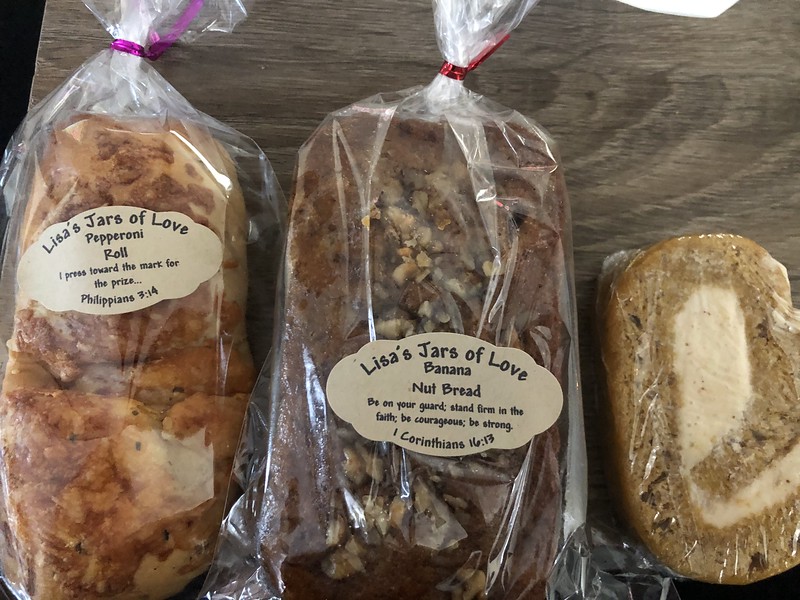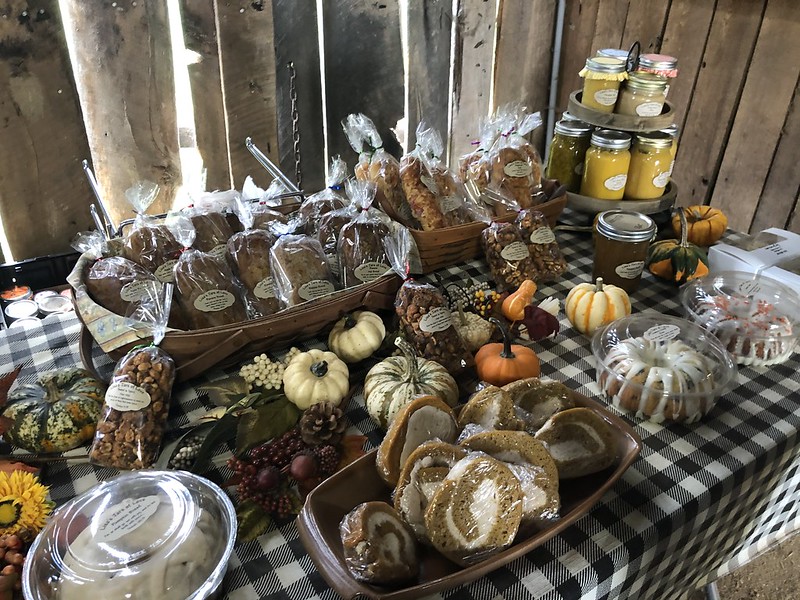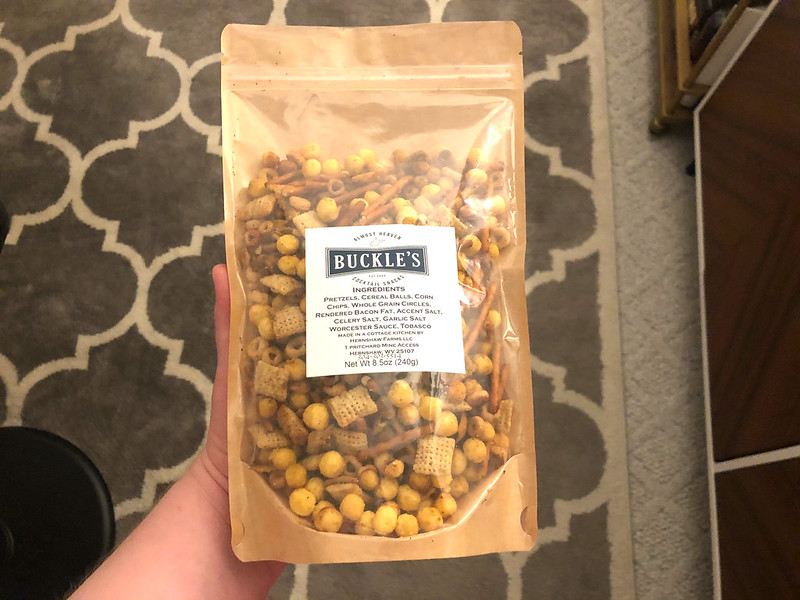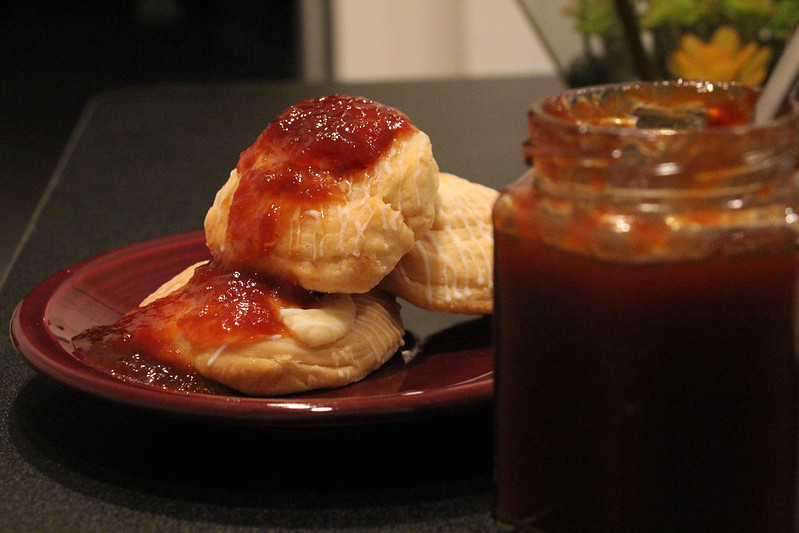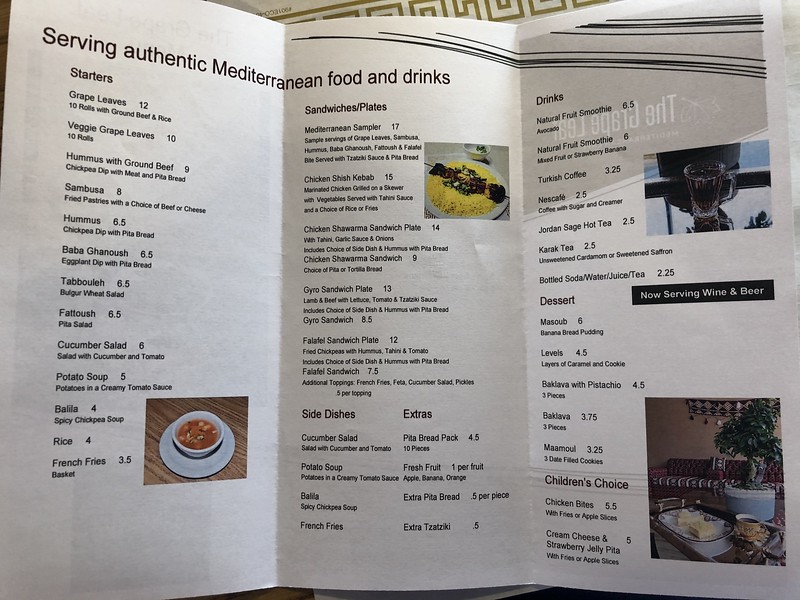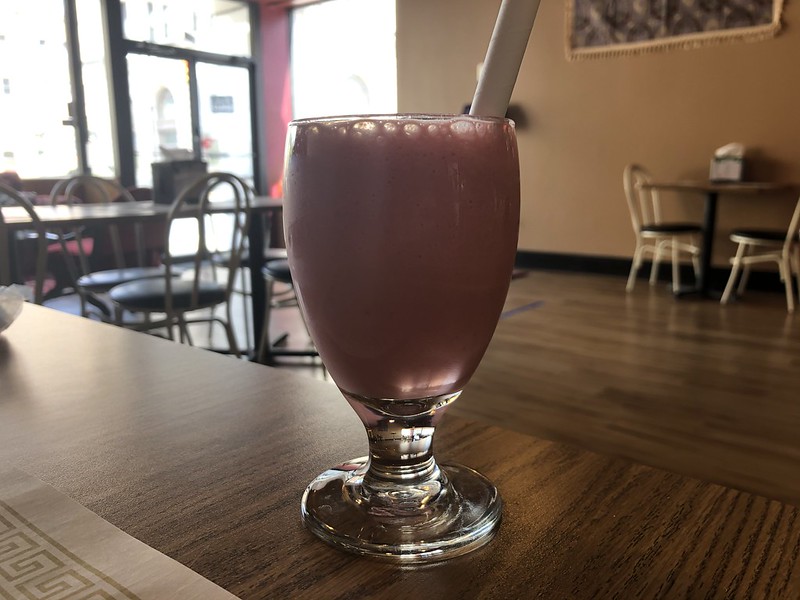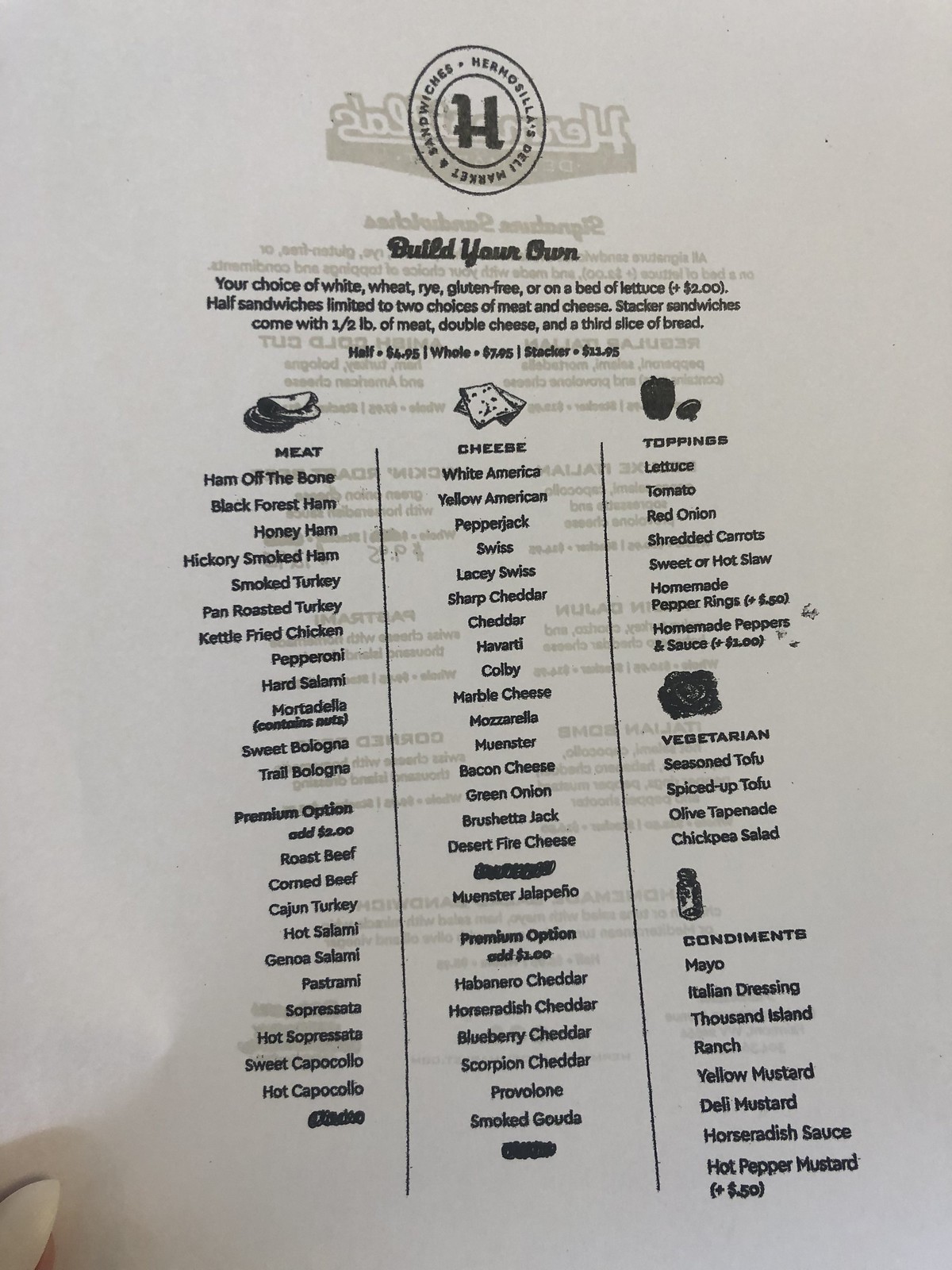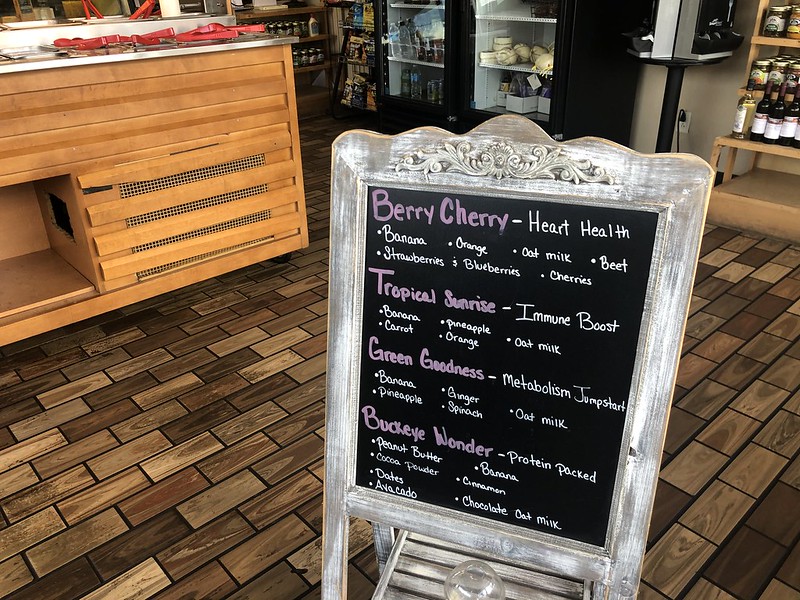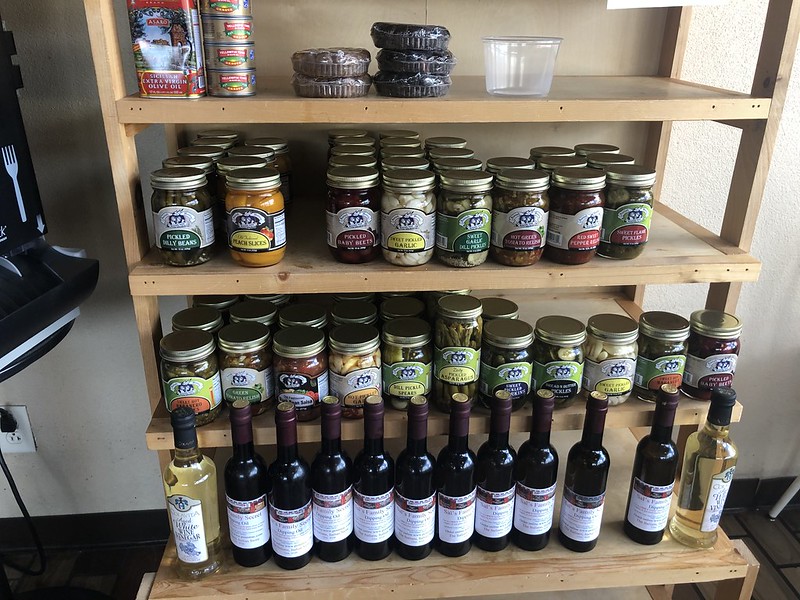
My latest column for the Charleston Gazette Mail:
Bologna for me growing up meant three things: Kraft American singles, white bread and mayo.
If you’ve been “bologna sandwich broke,” you are probably also all too familiar with this combo and may have since phased it out of your lunch repertoire. Many can’t get over the smooth, floppy texture. Or, the sandwich may simply be reminiscent of tougher economic times.
But as an adult, I’m rediscovering this pink lunchmeat in the form of fried bologna, hot bologna sandwiches, pickled bologna and maybe even risotto. And, I’m not alone. New York City-based Momofuku founder David Chang has said bologna could be the next big “thing.”
“It’s a blank canvas of pureed meat, ready for inspiration to take hold. You can make it from duck, veal, chicken, pork, beef, and a variety of game. You can smoke it, use different spices, change just about anything about it,” he wrote in GQ Magazine.
“The problem right now is that there is no such thing as artisanal bologna. This blows my mind — we have craft doughnuts, beet pickles, beef jerky ... but no bologna? This needs to change. ... And the next time you visit your favorite restaurant, tell the chef to stop making tiny batches of that Italian stuff and start experimenting with great American bologna. Do that and it’s only a matter of time till bologna starts bumping pork belly off menus all over town.”
Bologna, like many beloved foods in Appalachia, is a product of immigration. It is derived from the Italian sausage mortadella, a fatty pork sausage, which has popular in the city of Bologna since the 15th century. It likely made its way to North America via German immigrants in areas like the Midwest, Pennsylvania and Appalachia, according to Eater.com.
Bologna is made from discarded or fatty parts of meat that are ground into sausages and cured like mortadella. It can contain garlic or other spices. It is cheap, keeps well and is easily produced — which made it readily accessible to those across the country.
Those characteristics allowed bologna to become a mainstay throughout Appalachia. But in true Appalachian fashion, there’s a twist — whether that is the toppings, how the bologna itself is prepared or traditions involving the lunchmeat.
You’ll find bologna on biscuit sandwiches at Tudor’s Biscuit World. You’ll find fried bologna sandwiches topped with a spicy BBQ sauce at bars. You’ll find it in pickled ropes in local country store jars.
These takes on American bologna showcase the resourcefulness and ingenuity of Appalachians. With some culinary magic, bologna is delicious — and can even last much longer with pickling. So if you’ve strayed from the quintessential American lunchmeat, it may be time to reunite. Just try it in one of the classic Appalachian ways.
How do you like your bologna?


